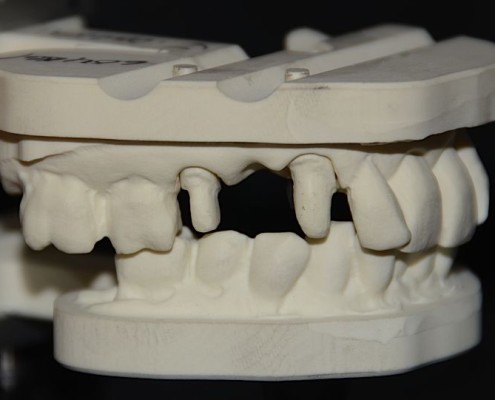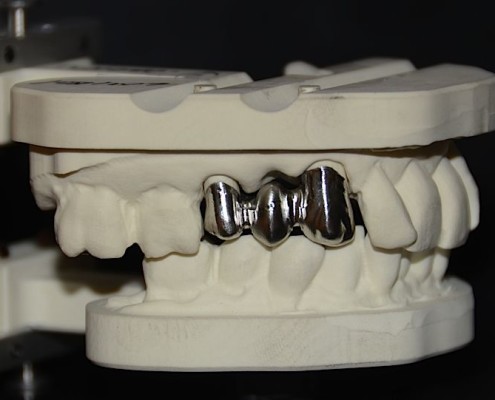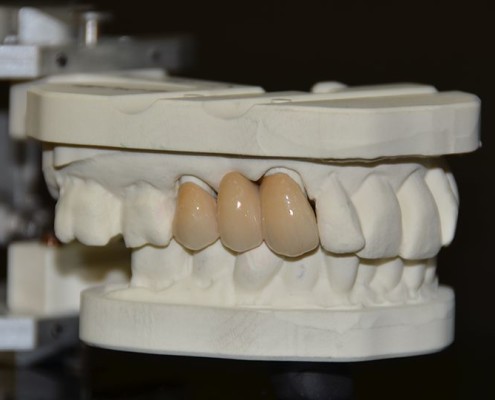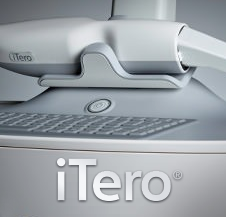 IPS e.max has become the industry standard material for metal-free, all-ceramic restorations. IPS e.max provides strength (360 – 400 MPa flexural strength), high esthetics and versatility.
IPS e.max has become the industry standard material for metal-free, all-ceramic restorations. IPS e.max provides strength (360 – 400 MPa flexural strength), high esthetics and versatility.
The translucency, opalescence and light diffusion properties of e.max are ideal for replicating natural tooth structure for beautiful and undetectable restorations.
At Mississauga Dental Studio, we use e.max as the primary ceramic material for our all-ceramic crowns, bridges and veneers.
You can find the Chairside Preparation Guide for IPS Empress® and IPS e.max® for doctors here.
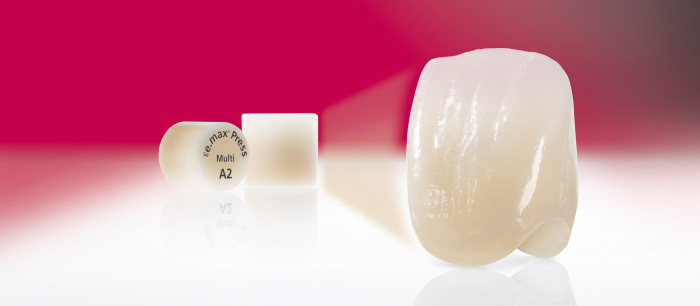 As of October 20, 2014 we introduced the newest Ivoclar product: IPS e.max Press Multi – ingots with graduated level of shade and translucency, allowing us to achieve even better cosmetic effects specially in veneers or anterior crowns.
As of October 20, 2014 we introduced the newest Ivoclar product: IPS e.max Press Multi – ingots with graduated level of shade and translucency, allowing us to achieve even better cosmetic effects specially in veneers or anterior crowns.
IPS e.max Press Multi
This material demonstrates a lifelike shade progression from the dentin region to the incisal areas and therefore imparts monolithic restorations with a highly esthetic appearance. The new IPS e.max Press Multi ingots will revolutionize the press technique. They are composed of the clinically proven lithium disilicate glass-ceramic (LS2), which exhibits a high strength of 400 MPa. The ingots show a graduated level of shade and translucency similar to that of natural teeth: The chroma and opacity of the material are higher in the cervical and dentin region, and the incisal areas are suitably translucent.
More information can be found here.

More information can be found here.
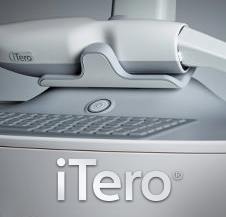 The iTero Intraoral Scanner is synonymous with high precision. Now, iTero® Element™ is engineered to deliver everything that doctors love about iTero scanners in a compact footprint with even bigger capabilities. iTero Element is designed to put the latest technology at your fingertips and make intraoral scanning fun.
The iTero Intraoral Scanner is synonymous with high precision. Now, iTero® Element™ is engineered to deliver everything that doctors love about iTero scanners in a compact footprint with even bigger capabilities. iTero Element is designed to put the latest technology at your fingertips and make intraoral scanning fun.
With iTero Element, you can fit high-precision scanning power almost anywhere. Choose between two form factors for the option that best fits your practice.
The redesigned wand features built-in controls, including side buttons and touchpad for user interface control. Integrated gyro technology lets you rotate models on screen. Plug and play wand cable quickly connects and disconnects to the base unit. And the patent pending ITO defogging system defogs instantly without needing air or extended warming.
A dental crown is a cap placed over a damaged tooth. A crown improves the appearance of the tooth while restoring its strength, size, shape and function. Permanent crowns can be made from stainless steel, metal (such as gold or another alloy), porcelain fused to metal (PFM or PBM), resin, or all ceramic.
The porcelain fused to metal (PFM) crown/bridge has been the standard in restorative dentistry for decades, and that’s because of their mechanical properties, satisfactory esthetic results, and biological quality needed for periodontal health.
The predictability and reliability of PFM crowns/bridges have allowed them to stand the tests of both time, and technology. Although during past few decades all-ceramic crowns became great alternative to PFM crowns.
PFM bridge is a fixed restoration used to replace a missing tooth or several missing teeth.
Traditional bridge is supported by natural teeth or implants. It consists of minimum two crowns cemented onto prepared by dentist natural teeth or dental implants (abutments) on either side of missing tooth, and a pontic in between.
PFM crown/bridge is created by firing porcelain on the metal framework.
Maryland Bridge – great to replace single front tooth – it is just a pontic with two wings bonded/cemented to lingual side of two teeth on either side of the missing tooth.
Cantilever bridge – also to replace one missing tooth, where pontic is attached to only one adjacent tooth. This restoration is limited to areas of the mouth that do not receive much stress during chewing.

